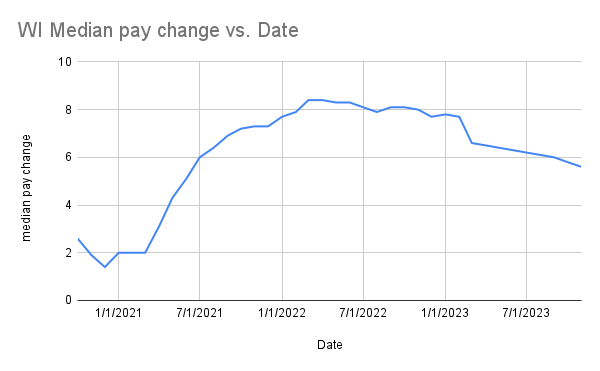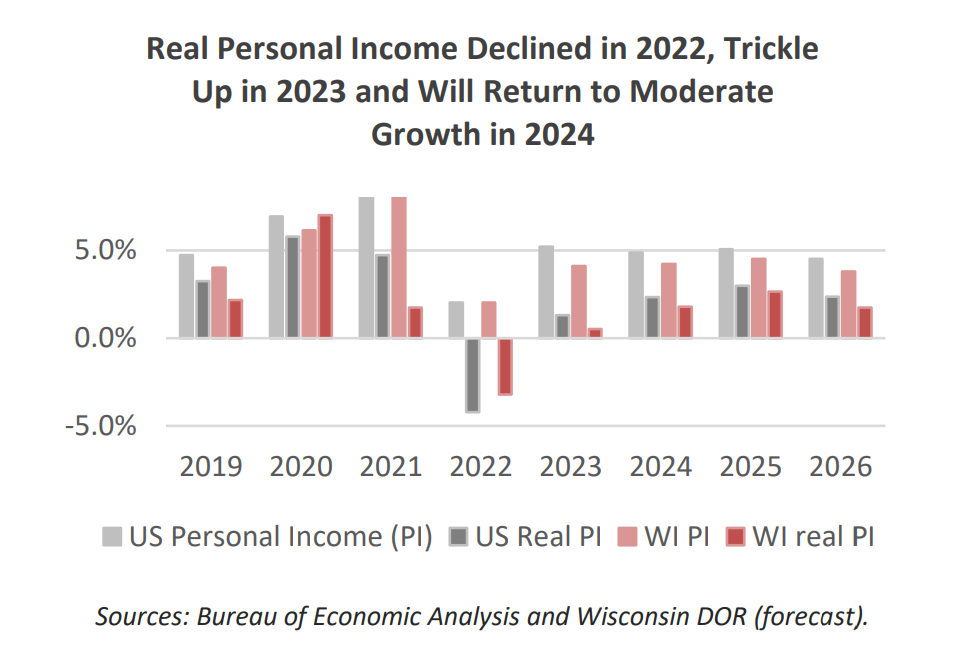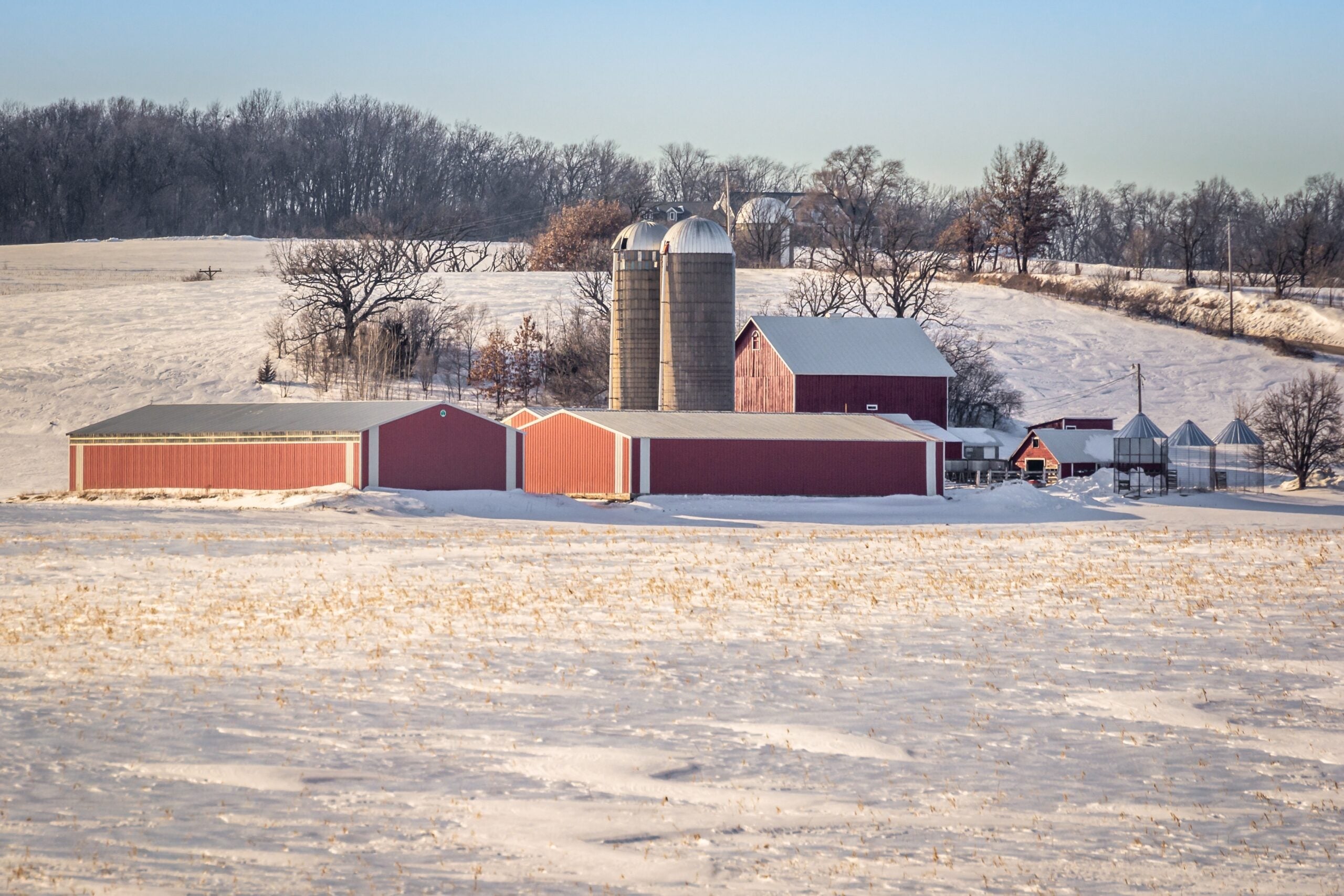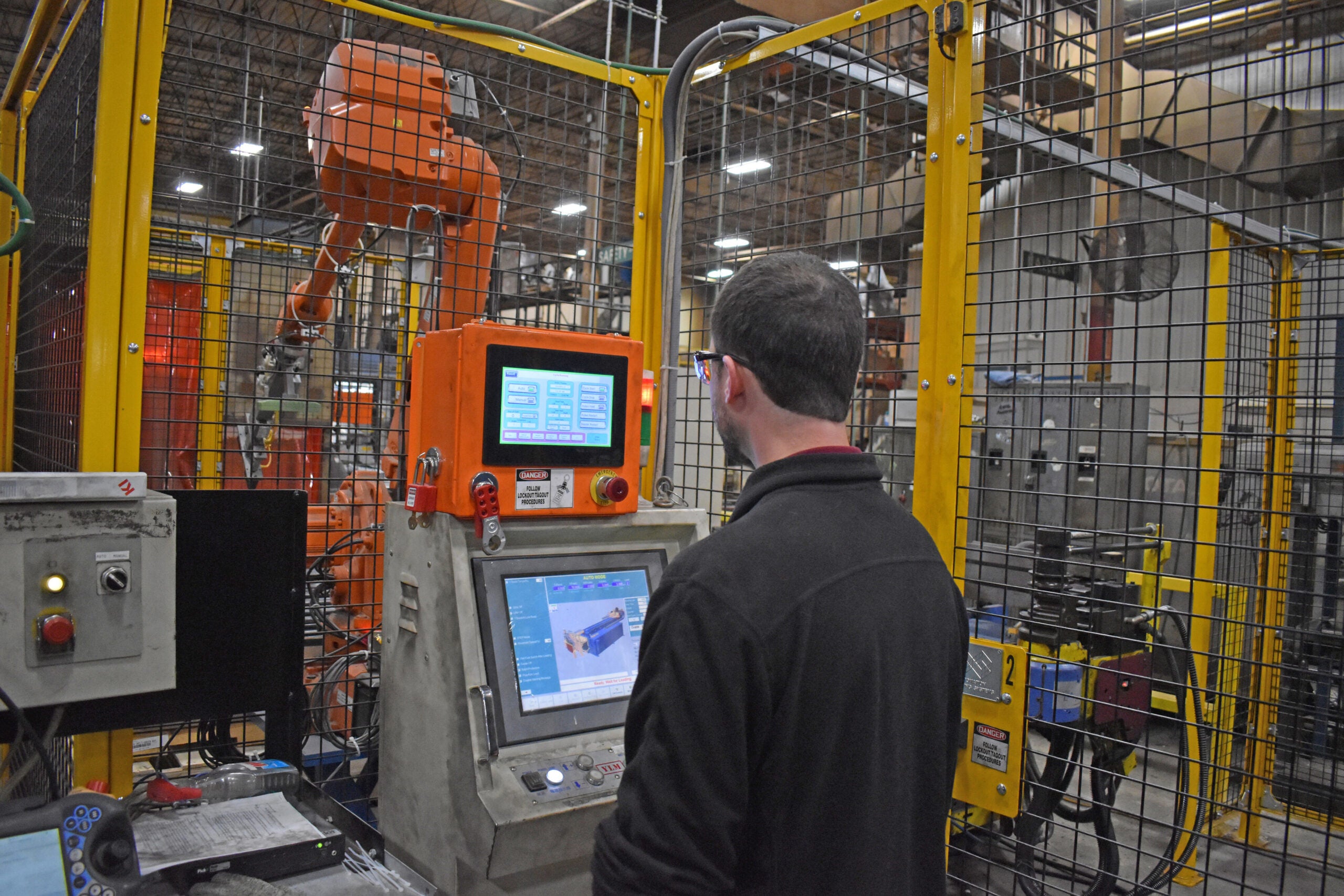Wage growth in Wisconsin has been slowing down this year, but inflation-adjusted personal incomes are expected to grow slightly after declining last year.
The state’s year-over-year change in annual pay was 5.6 percent in November, down from 8 percent in the same month of 2022, according to a report from ADP Research Institute.
The consumer price index, a key measure of inflation, showed prices were 3.1 percent higher in November than they were one year prior. But in the same month of 2022, prices were 7.1 percent higher than in November, 2021.
Stay informed on the latest news
Sign up for WPR’s email newsletter.
Liv Wang, lead data scientist at ADP Research Institute, said wage growth has been elevated since the pandemic, but it’s now moving toward a “more sustainable level” as inflation cools. Wang said she anticipates wage growth will continue to slow over the next year or two.
“One of the factors is we are moving away from the pandemic effects, (and) things are cooling in the labor market,” she said. “Also, the financial environment is tightening as the (Federal Reserve) keeps raising interest rates, so employers may be preparing for the tightening situation right now.”

The Federal Reserve began raising interest rates over a year ago to combat inflation by slowing economic growth and making borrowing more expensive. Chairman Jerome Powell signaled this month the central bank may be done raising rates as it’s seeing progress on inflation.
Even so, inflation essentially wiped out three years of wage growth last year, according to the 2023 State of Working Wisconsin report from the COWS economic think tank at the University of Wisconsin-Madison.
When taking inflation into account, Wisconsin’s 2022 median wage fell back to 2019 levels, the report said.
“In ’21, and ’22, workers’ wages were increasing, at the median in the state of Wisconsin, not fast enough to keep up with the very rapid inflation of 2022,” said Laura Dresser, associate director of COWS. “I think the picture that’s emerging for 2023 is wage growth that is above the rate of inflation.”
That tracks with an economic forecast report from the state Department of Revenue released last month. The forecast predicts that real personal income, adjusted for inflation, will grow by 0.5 percent this year and 1.8 percent in 2024 — that’s after real personal income declined by 3.2 percent in 2022.

The outlook report anticipated positive, but slower, wage growth in 2024, with Wisconsinites’ wages growing by roughly 3.5 percent and national wages growing by 4.3 percent.
That slowdown has been felt across sectors in 2023, but has been especially pronounced in the leisure and hospitality industry, according to the ADP report.
The ADP report showed median wage gains in leisure and hospitality nationally far outpaced all other industries from late 2021 through 2022, peaking last March when they were 16.9 percent higher than the previous year. The next closest industry that month was trade, transportation and utilities at 8.8 percent wage growth.
This year, wage growth in leisure and hospitality slowed significantly. As of November, median wages in that sector were 6.5 percent higher than the previous year. Most other industries came in between 5 and 6 percent.
Dresser said the wage growth in leisure and hospitality allowed low-wage workers to secure pay increases that kept them ahead of inflation, unlike higher wage earners.
“There’s a lot of low-wage jobs without benefits, with bad hours and an inability to really make ends meet,” she said. “That’s stressful, and (now) it’s slightly less stressful because people started earning more money, but it doesn’t mean that problem goes away. … To say that it is relatively better doesn’t mean it’s great.”
Wisconsin Public Radio, © Copyright 2025, Board of Regents of the University of Wisconsin System and Wisconsin Educational Communications Board.



